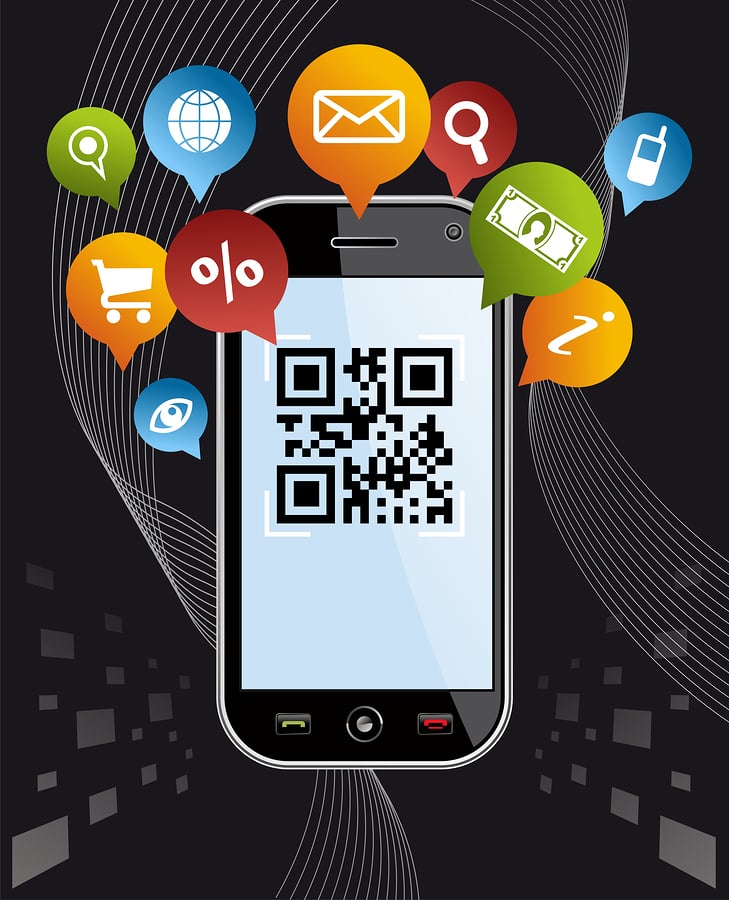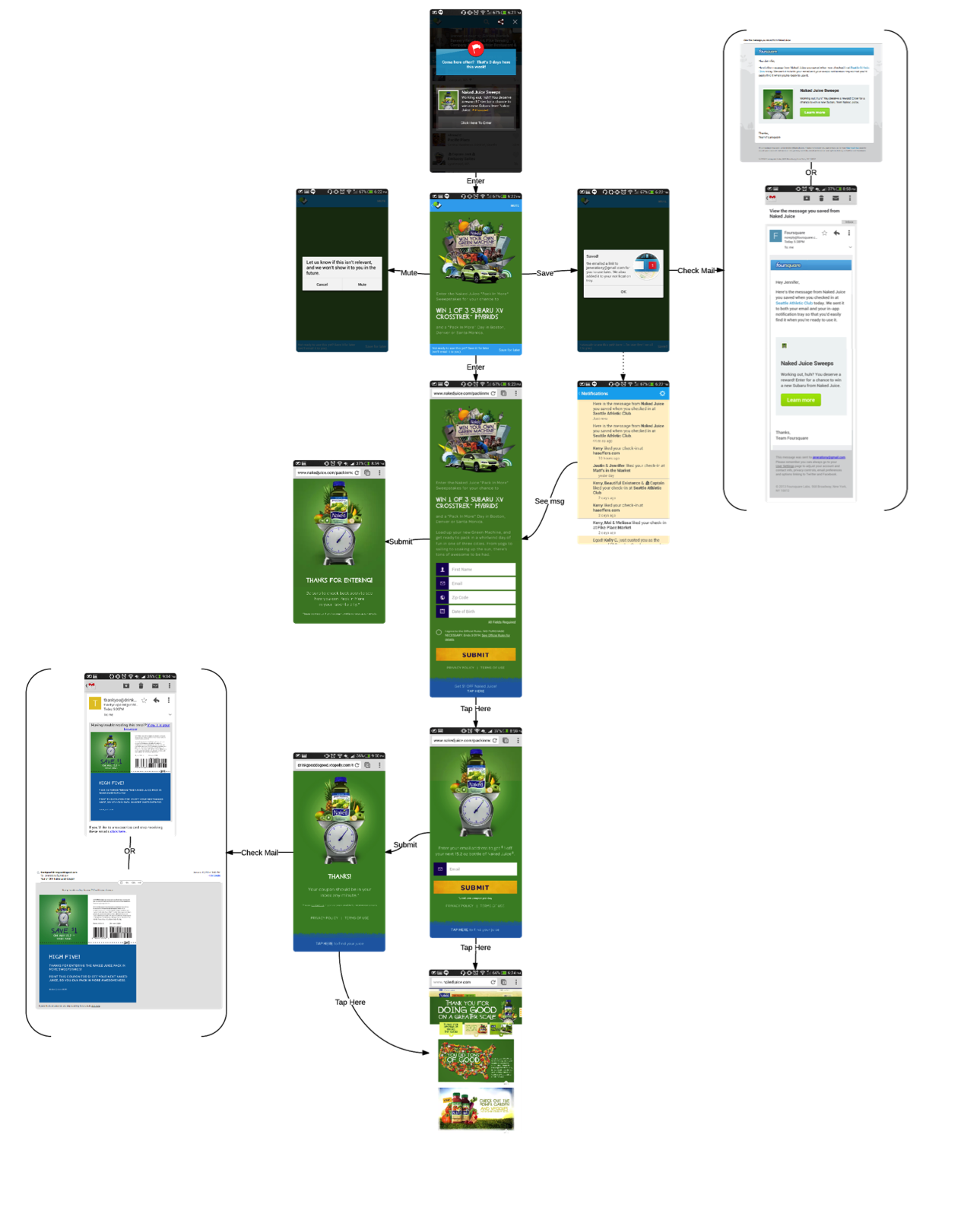
 For every online marketing campaign, there is a set of mobile marketing campaign elements that will need to be addressed. It’s always great to try out new campaigns, but having a framework in place will make sure you have a gameplan so you know how to improve your success for the future.
For every online marketing campaign, there is a set of mobile marketing campaign elements that will need to be addressed. It’s always great to try out new campaigns, but having a framework in place will make sure you have a gameplan so you know how to improve your success for the future.
Objectives
Like every other marketing campaign, it is crucial that there are established objectives for the campaign to identify if it was successful. Some examples include:
- Generate n number of mobile opt-ins
- Generate n number of registrations
- Generate n number of game plays
- Distribute n number of coupons
Set-up
With promotions that offer giveaways, there are standard admin tasks that also need to be included such as:
- Official rules
- Legal compliance (if needed)
- Alternative means of entry (if needed)
- Age verification (if needed)
Opt-in and Opt-out
One main reason to run a mobile promotion is to add additional contacts to your opt-in database to start developing a relationship between the user and your brand.
The management of opt-ins and opt-outs are critical to build trust with your new contacts and current customers.
Tracking & Attribution
During the set up process, you’ll want to make sure you can track your mobile campaign to attribute results to your marketing sources. There are typically two main attribution methodologies to ensure you have coverage in tracking installs and events.
- Unique Identifier Matching: Attribution using unique identifiers is done by matching the unique identifiers from the install to a click. This type of attribution enables 1:1 matching of click to install or in-app event where identifiers can be passed app to app.
- Device Fingerprinting: Basic information is pulled from a user’s device headers to connect a user from a click to app install or event. Device fingerprinting is used for web to app tracking as the publishing app in app to app tracking cannot actually pass device identifiers.
Execution Flow
When planning your promotion, you’ll want to map out the intended flow of your campaign to anticipate the behavior and funnel for your contacts. This is especially important if your campaign contains cross-channel components such as mobile, desktop, in-store, or print.
It’s important to recognize that users might not behave in a way that you want them to. They may exit out of your funnel in unpredictable ways or take control and go the ‘wrong way’ down another path. Be sure to consider all possibilities to try to stay one step ahead of them!
When mapping out your flow, consider these questions:
- Where do users begin the promotion?
- Where do I want new users to end?
- Does the promotion have to end? Are there other offers to add?
- What behavior do I want to drive?
- What channels should I incorporate into the flow?
- What call to actions can be used to drive the intended behavior?
Creative
The creative opportunities for mobile presents a challenge primarily due to the size of the screen and the fragmentation of mobile devices. There are a few considerations:
- SMS is pretty much universal for every phone but it has limited characters and users are very hesitant to have brands texting them since it’s still a very personal form of communication
- Copy is key. Since there isn’t a lot of space to promote your message, succinct copy is vital to convert your users.
- Not everyone has data plans and access to the internet on their phone. It may seem like everyone has the latest iPhone but there is still a large population that doesn’t have access to smartphone features which might reduce the size of your audience if you are incorporating display graphics on the internet into your campaigns.
Data Management
It’s important to respect your users privacy and properly manage the data you are collecting through your mobile promotions. When planning your promotions, you want to think of the ongoing relationship you are developing with your new users or current customers. Mobile campaigns are an opportunity to build out your customer database with additional information that you might not be able to capture with just online desktop offers.
Here are a few considerations:
- What data are you capturing from your users?
- Who owns the data? (I bold this because this is probably the most important part of mobile campaigns. Be sure that the technology provider you are working with let’s you own the data to protect your users’ privacy.)
- Are you creating a mobile profile for these campaign members that will be appended to their file they may already have with you on file?
- How are you going to segment your mobile audience?
- What information are you going to ask of from your campaign members?
- How are you setting up tracking links to properly track a user session?
The set up should answer these types of data questions before you execute the campaign and find out missing data gaps once it’s already running.
Reporting & Analysis
Just like online marketing campaigns, reporting is one of the most important parts of your mobile campaign to understand the return on your investment and opportunities to improve. For mobile campaigns there are typically five types of reports you should analyze:
- Funnels. What are the important flows and goals you want your users to follow?
- Cohorts. Do people in the same cohort behave in the same way?
- Retention. What is the length of engagement of your users overt time?
- Loyalty. How frequently do users come back to your app?
- Lifetime Value. Does the campaign contribute to your bottom line?
Testing
Before kicking off your mobile campaign, remember to test all the variable elements. The testing elements differ than the elements you would test online. Mobile testing includes: user flow, carrier, responses, data capturing, load testing, offline vs online, and more.
Follow up & Customer Service
Once users start redeeming your offer, remember to provide customer service as you would with any other part of your business.
- Do your users know how they can contact your business?
- Do you have a set of FAQ’s available?
- Is there a dedicated landing page on your website that can provide additional information?
- Is your customer service team prepared to answer questions about his promotion?
Now this may sound easy in theory, but let’s look at a real use case.
Foursquare + Naked Juice
I came across this ad when I checked into the gym on Foursquare. All the images from this app to web campaign are screen captures from my HTC One Mini phone. Some of the screen captures that have been seamed together show the full view of what I was able to see with scrolling.
The objective of this campaign is to get people to sign up for a sweepstakes – win a free green car. The optimal conversion flow is vertically down the center screen of the UI flow, started at the top most screen – the check in screen confirmation.

If you’d like to check out the screens for yourself, here are the URLs for the screens that are outside of the Foursquare app:
- http://www.nakedjuice.com/packinmore/
- http://drinkgooddogood.xtopoly.com/ (This is hosted on a third party domain – http://xtopoly.com is a mobile interactive agency)
- http://nakedjuice.com
Here are a few interesting takeaways to call out:
- Targeting – It’s not surprising that Naked Juice targeted a check in at a gym for their promotion. Throughout the campaign they were promoting their green juice for health enthusiasts.
- Opt-in – The offer, hosted by Foursquare, is clearly marked as a Promoted offer by Naked Juice. The user has the option of opting in by clicking to view the offer.
- Opt-out – Right from the beginning there are options to opt-out of this advertisement. From the first screen you can exit via the ‘X’ at the top right corner, at the next screen Foursquare offers a Mute button to stop receiving ads from the advertiser.
- Funnel exits – As you can see there are several times during the funnel where a user had the ability to leave the funnel to take other actions.
- Cross channel – This campaign involved several channels: mobile app, mobile web, mobile email, and desktop email. The integration between each of these channels were pretty seamless except when viewing the offer on a mobile email client. The images were either distorted or very hard to read since they weren’t mobile friendly. Also, the final screen you land on is their website (http://nakedjuice.com) which is not mobile responsive.
- Multiple conversions – The initial call to action for the campaign is to enter in the sweepstakes. However, after you enter in the sweepstakes, you have the option to tap to redeem another offer – a $1 off coupon for a Naked Juice. This additional conversion event is great to track the additional engagement of users, but this process can be improved by reproducing their email in the open form from the previous screen since they just gave that to you to enter in the sweepstakes.
What’s your experience with developing a mobile campaign framework?

